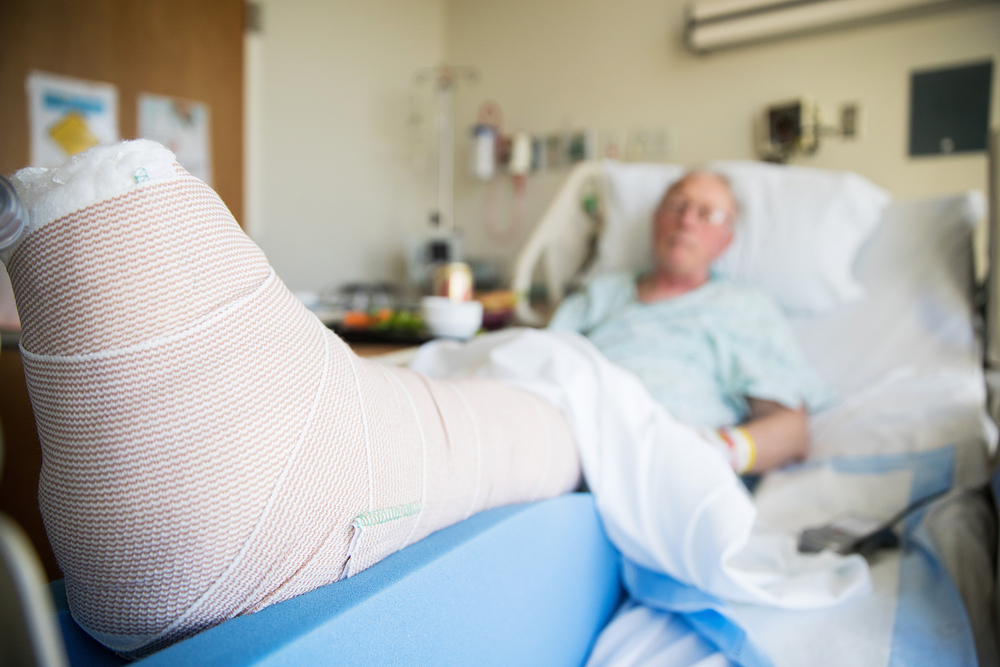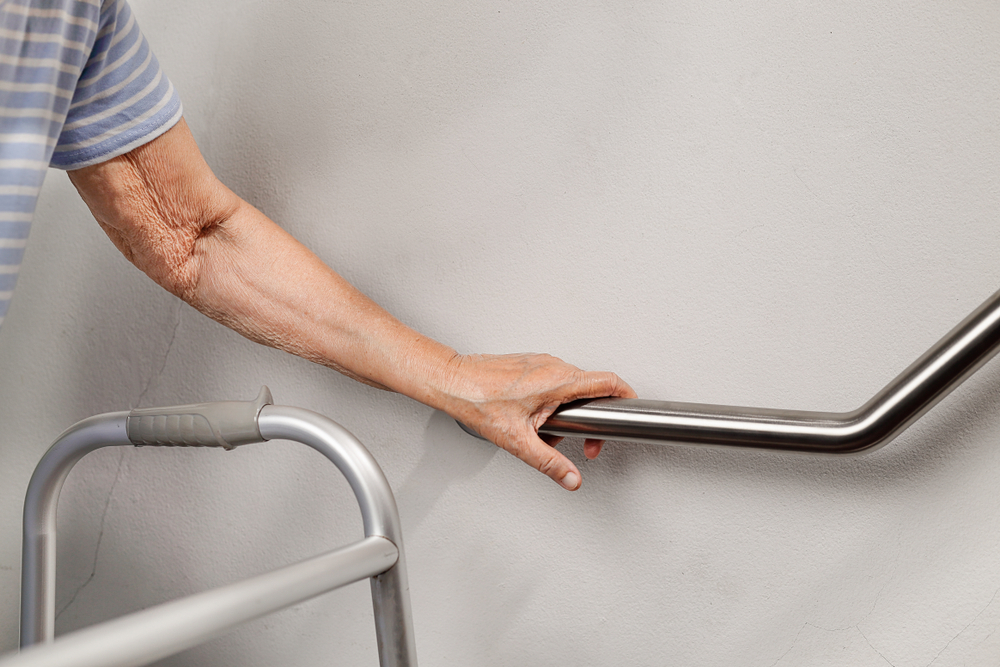Falls among our older loved ones is always bad news. Just the sound of it is anxiety-inducing. Some of these facts about falls among seniors state that it’s reasonable to feel this constant worry.
Falls are the number one cause of injury-related deaths and non-fatal injuries for seniors. According to the Centers for Disease Control and Prevention (CDC), one in four seniors experiences at least one fall every year. The risk of falling advances significantly and becomes more threatening with age. One in five falls among seniors results in serious injuries such as hip fractures, hip lacerations, fractures of the spine, pelvis, hands, forearms, and legs. Some could lead to traumatic brain injuries.
Either way, all can be life-altering if not fatal. Experiencing a fall threatens a senior’s independence, mobility, and safety. Depending on the extent of the injury, they may experience early decline and may require a long-term care facility.

Risk Factors to Consider
The best way to protect your senior loved ones from falls is to recognize certain risk factors and their exposure to them.
- Environmental Factors – Home or community environment are the biggest contributors to falls. Risks are present in slippery or uneven floors, poor lighting, unstable stairs, and hazards such as electrical cords, rugs, and steps.
- Gait and Balance – Loss of coordination, flexibility, and balance increase the risk of falling. Certain medical conditions, such as Parkinson’s disease, diabetes, heart disease, thyroid, nerves, feet, and blood vessel problems can all affect a senior’s sense of balance.
- Medications – Some prescription drugs can have a side effect of weakness, sleepiness, and dizziness, which can lead to falling.
- Chronic Conditions – Cardiovascular diseases, diabetes, arthritis, osteoporosis, stroke, dementia, disorders of the spine, and other chronic conditions could lead to loss of function, thus, increasing the likelihood to fall.
- Vision – Myopia, cataracts, glaucoma, and other eye problems could be obstacles in seeing that can lead to tripping and fall.
Frightening statistics related to falls among seniors heighten the need for prevention. Their changing needs require changing facilities. Some of the best assisted living in the north, such as Oakleigh of Macomb, recognizes that with state of the art amenities should come a safe living situation. We understand the risk factors to falls and in turn apply these strategies to prevent falls among seniors in assisted living:
Find Out Which Residents are More Prone to Falling
Everyone in senior living communities is at risk of the dangers of falling. But it’s a primary step to give extra attention to those who are most vulnerable to it. Those who have fallen before might be suffering fractures; hence, they need long-term care to avoid falling again. Those who have dementia may also encounter loss of balance along with cognitive impairment. Residents with chronic diseases, female residents, and those aged 75 or older are more prone to muscle weakness, limited mobility, and weakened balance. All of them require the utmost care and safety. This is not only because they are most at risk of falling, but its effects might be more severe and sometimes fatal amongst them.
Start a Resident Workout Plan
Staying physically active improves older adults’ overall health and can prevent their vulnerabilities to falling. An exercise program around senior living communities will encourage them to be more physically engaged. They can partake in simple aerobic exercises that are non-strenuous such as walking, swimming, stretching, and yoga. These can instantly improve bone density, flexibility, and endurance, which are all critical in decreasing their likelihood to suffer from falls.
Discuss Their Medications With a Health Professional
Prescription drugs are necessary for seniors compensating for chronic conditions. But what alleviates their illnesses could also harm them if not appropriately discussed. Encourage them to talk to their health care provider and review medications with drowsiness or dizziness as their side effects. Their physician might lower prescribed dosages or might replace some medications.
Implement Safety Measures at Homes
The home poses the most fall hazards, but fortunately they are preventable. In a nutshell, here are some precautions to instill around senior living facilities:
Clean up Clutter
Stacks of magazines and newspapers, unnecessary tools, clothes, and anything laying around on floors, hallways, and staircases must be kept clean to avoid tripping over them.
Remove Tripping Hazards
Coil telephone cords and electrical wires, wrap throw rugs, and secure loose carpeting and home fixtures to take care of some of the most common culprits to slipping and tripping. Make sure that no furniture would get in the way around the most-accessed areas in the house. Repair damaged wood floorboards and other fixtures.
Increase Lighting
Adequate lighting around the entire house makes a more conducive and safe space for seniors. Enough lighting must be provided around staircases and narrow hallways. Night lights in the bedroom are also recommended since poor vision can cause night blindness to some.
Install Grab Bars and Handrails
These safety devices are best installed around bathrooms and stairs. With these around, seniors can get on and off the toilet or bathtub, and can even climb stairs more safely.
Provide Non-slip Mats
Commonly slippery surfaces are present in bathrooms, showers, and kitchen floors. It’s to no surprise that most injuries take place here too. For safety, install non-slip mats or strips on these areas.
Have a Medical Alert System Around
In case of a fall, equipping seniors with a medical alert system device at home can help them seek immediate help. This can come as a wearable device, which makes help one call away even with the absence of their smartphones. In assisted living facilities, this is useful for calling a nurse or a senior’s attendant immediately.

Advise Seniors to Move Carefully
When shifting from a sitting to a standing position or when navigating around the house, advise seniors to take actions carefully. Make sure not to strain any muscles or force any joints. Don’t get up too quickly, for this can make their knees wobbly or can make their blood pressure drop. For some seniors with weak knees and poor balance, assistive devices such as canes and walkers offer significant help.
Key Takeaway
No one deserves to suffer a fall, especially our senior loved ones, to whom the slightest injury can impose a series of threats. While they go through their retirement years, their vulnerabilities only call for the utmost care and safe spaces. The best assisted living in Michigan ensures both security and safety, providing fall-free and overall quality life for seniors.



